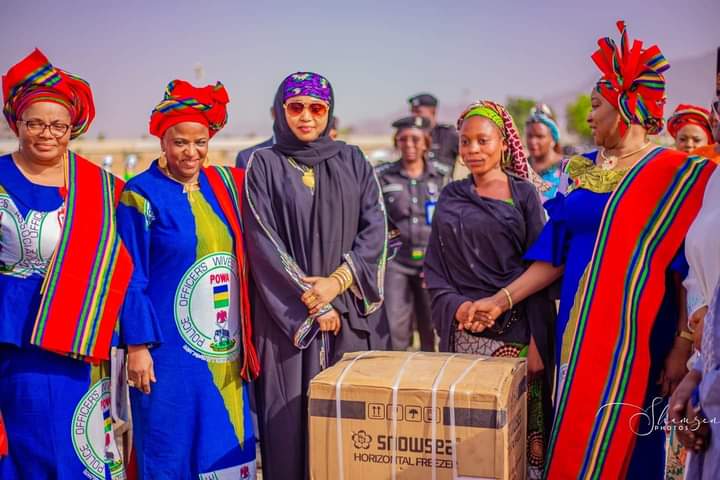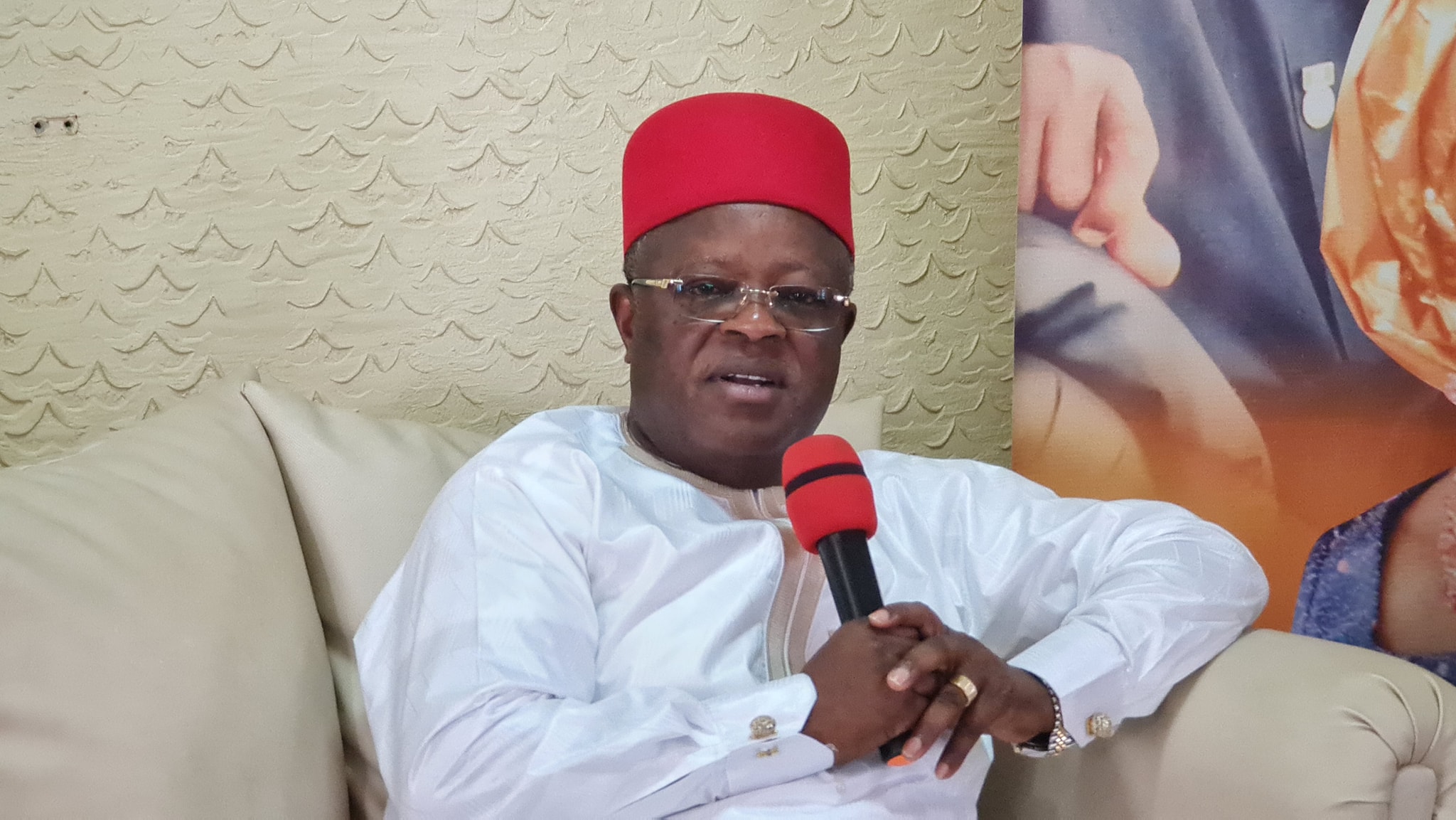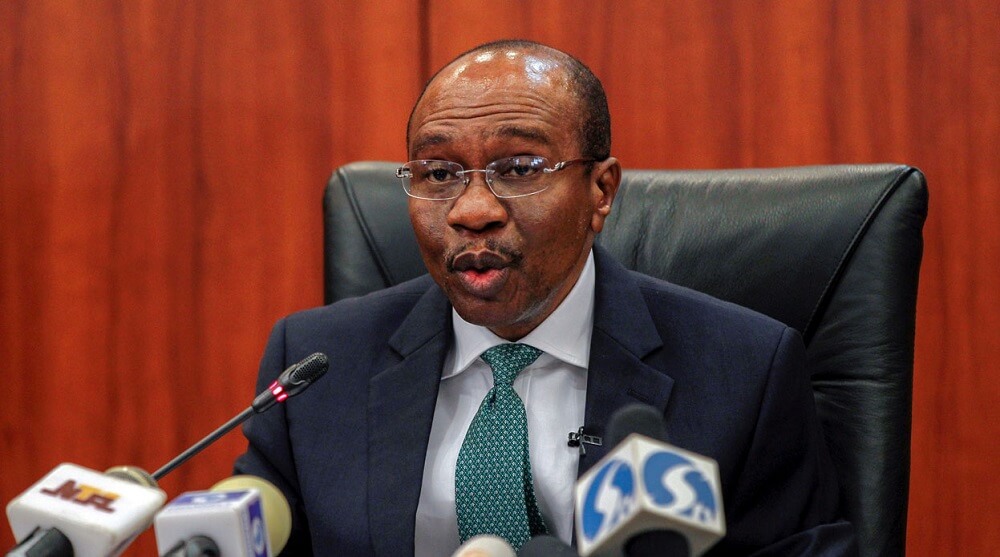TODAY IN HISTORY: Kim Kardashian Weds Kanye West in Star-studded Event – Nigeria Abolishes 4 Regions

Kim Kardashian Weds Kanye West in Star-studded Event
On Saturday, May 24, 2014, Kim Kardashian and Kanye West, dubbed the “world’s most talked-about couple,” at that time, tied the knot at the historic Fort di Belvedere in Florence, Italy. The ceremony, officiated by pastor Rich Wilkerson Jr., was attended by a multitude of friends and celebrities.
Italian tenor Andrea Bocelli graced the occasion with his performance as Kardashian, adorned in an elegant long-sleeved lace Givenchy gown, was escorted down the aisle by her stepfather Bruce Jenner. The festivities continued with a dazzling fireworks display, a musical performance by John Legend, and a heartfelt 15-minute speech from West.

Among the star-studded guest list were Kris Jenner, Khloé Kardashian, Kourtney Kardashian, and Scott Disick, as well as Kendall Jenner, Kylie Jenner, Jonathan Cheban, Simon Huck, Rachel Roy, Chrissy Teigen, Legend, LaLa Anthony, Lorraine Schwartz, Q-Tip, Big Sean, Rick Rubin, and Jaden Smith, among others.

Image credit: The Sun US
In 2020- six years down the line in their marriage- things turned sour as the couple started spending time apart. Divorce rumours surfaced in 2021 further creating uncertainty. Kim eventually filed for divorce later in the year. Then, the sad news came on November 29, 2022, when Kim and West finalized their divorce and parted ways leaving their fans around the world in shock.
Nigeria Abolishes The Four Regions
Also on May 24, 1966, Major General Johnson Thomas Umanakwe Aguiyi Ironsi, then Head of State, issued Decree Number 34 that centralized power in Nigeria. The decree effectively dissolved the autonomous powers of the country’s four regions at the time-Northern, Eastern, Western, and Mid-Western Regions- and centralized governance at the federal level.

Decree 34 marked a shift in Nigeria’s governance structure, transitioning the nation from a federal system to a unitary one. As a result, Nigeria was renamed the ‘Republic of Nigeria,’ and various governmental institutions witnessed some changes. For instance, the Federal Executive Council became the ‘Executive Council.’ Additionally, Lagos was designated as the ‘capital territory, while some political parties and regional groups were banned to pave the way for stronger unification.





